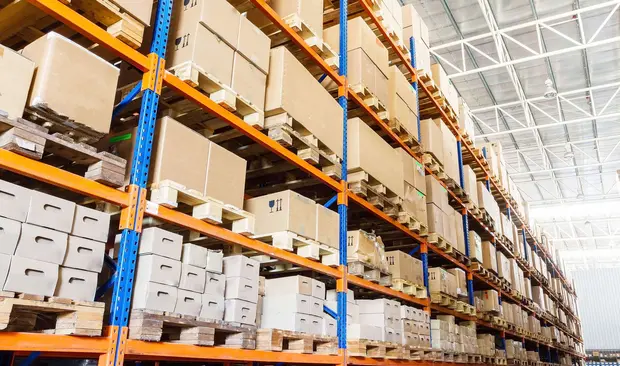How to optimize your stock for successful e-commerce

The Corona crisis has brought Swedish e-commerce record growth, and in July 77% of Swedes shopped online, an increase of 45% compared to the same month last year.
More Swedes are choosing to stay at home, and fewer people are visiting physical stores, which means tremendous opportunities for e-retailers, but there are also challenges. In the autumn of 2020, Amazon will launch in Sweden and many e-retailers are concerned about how this will affect their business. In other words, Amazon’s market entrance will add extra pressure to Swedish companies. To succeed as an e-retailer, you must ensure synergies between supply chain, warehousing and purchasing.
There are three primary focus areas to achieve efficient inventory management:
- Be able to secure product availability and a high level of service
- Generate positive customer ratings
- Prevent too much capital from being tied up in stock
Product availability and high level of service
Good product availability is crucial for your customer to choose you, rather than your competitor, who is usually only a few clicks away. So, with increased competition from other e-retailers and global companies like Amazon, a product that is not in stock with you can create a chain reaction of negative events, like the following example:
- Your customer wants to hang a mirror in his home and needs a screwdriver. The customer visits your website, but the product is out of stock. Therefore, you also miss the sale of an expander plier and expander plugs that the customer had intended to supplement his purchase with. Since the customer wants to buy all the products at the same time, you lose the entire purchase, the customer googles around and quickly finds a competitor who can deliver all the products. The customer gets a positive buying experience, gives a positive rating on a rating site, and then continues to shop with your competitor. Only because the screwdriver at your company was sold out.
A product that is out of stock not only leads up to one sold product less, but can have greater consequences than that, leading to several lost customers and transactions.
Customer ratings
Reviews are today very important for e-retailers in all industries. Before consumers make a purchase decision, they do their research, compare suppliers and read reviews to create a picture of other people's buying experiences. Therefore, it is extremely important that you have a good reputation so you both retain existing customers AND win new ones. Because it does not require many negative reviews for the consumer to click through to a competitor who has better.
So how do you build a positive reputation around your brand more than getting good reviews online?
Prevent too much capital from being tied up in stock
So, product availability provides positive customer experiences, generating positive ratings that increase the company's revenue. How can you achieve this? The simple answer is to always have a full stock to be able to deliver all sorts of orders. But having high inventory levels comes at a very high price.
Stock costs money, shelf locations, warehouse staff, insurance etc. and stock ties up capital that can instead be used in other parts of the business. With high stock levels, the risk of not being able to sell the goods before they become stale or in some cases out of style also arises. So, the easy way is not always the right one., What you need is to achieve a balance which is not always so easy. You need to make sure that the inventory is as low as possible but without compromising the level of service and this is what inventory optimization is basically all about: finding the balance between a high service level and a low inventory level.
How to succeed with inventory optimization
We have previously written a more in-depth article about what stock optimization is, but to provide a short summary on how to achieve inventory optimization, we have divided our tips into three parts that we recommend that you review:
- Demand forecasting How much do you think you will sell moving forward?
- Stock strategy What, where and how much you should optimally keep in stock. Some expensive items with low demand may not need to be stocked at all, while you may have inexpensive items with high demand in stock in larger quantities.
- Purchase & replacement When to buy and in what quantities to balance lead times, optimize transport costs, fill up containers, etc.
If you get these three parts to interact, you are on your way to an optimized stock, meaning you will find the balance between a high level of service and low inventory. Then you are competitive within e-commerce!
Read more about inventory optimization and e-commerce at our partner Eazystock